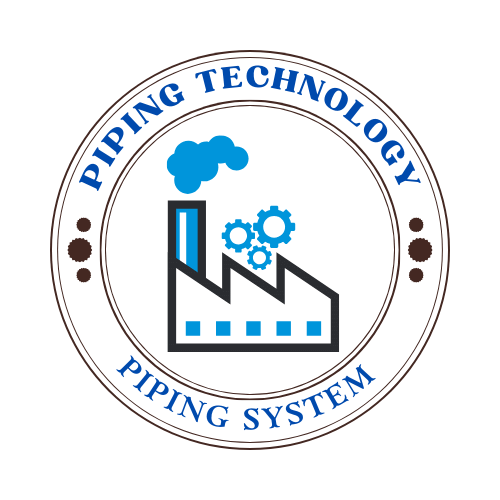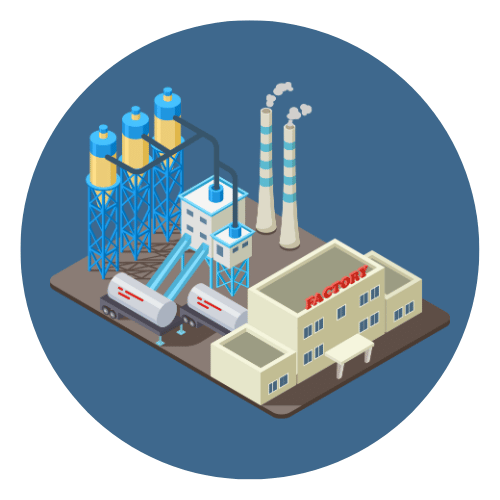PVC (Polyvinyl Chloride) pipes are widely used in both residential and industrial applications due to their durability, affordability, and resistance to corrosion. Despite these benefits, PVC pipes can sometimes experience unwanted movement or shaking. This issue often arises from water pressure changes, mechanical vibrations, or thermal expansion. If left unaddressed, pipe shaking can lead to excessive noise, wear and tear, and even damage to the piping system over time.
In this article, we will explore the common causes of PVC pipe shaking and provide practical solutions how to keep PVC Pipe from shaking.


 Automation System
Automation System  Energy Engineeing
Energy Engineeing  Instrumentation System
Instrumentation System  Mechanical Engineeing
Mechanical Engineeing  Piping Technologies
Piping Technologies  Transportations
Transportations  Manufacturing
Manufacturing  Training Material
Training Material 
















